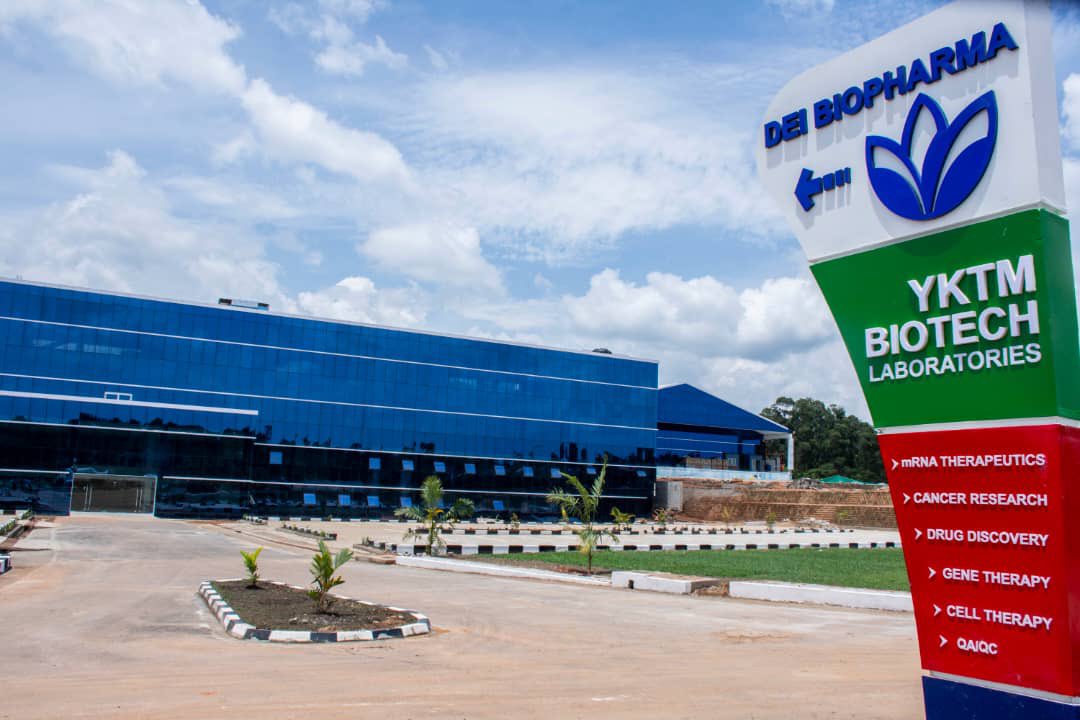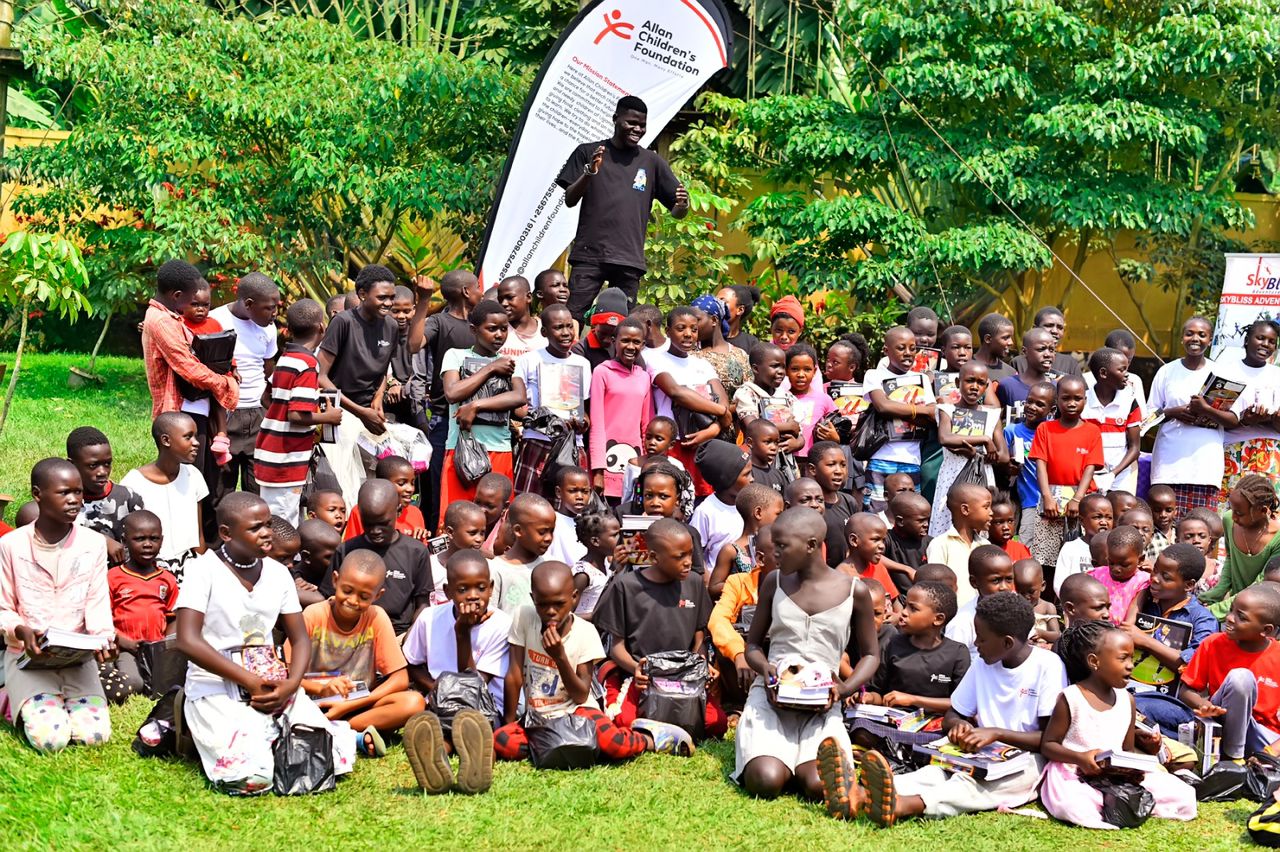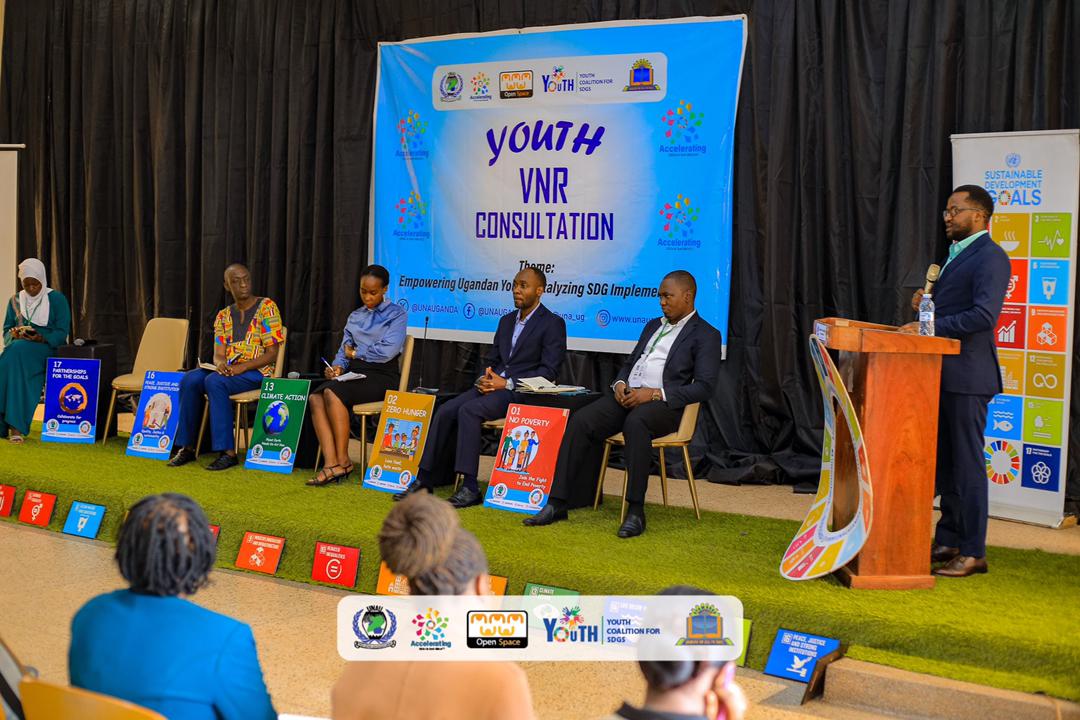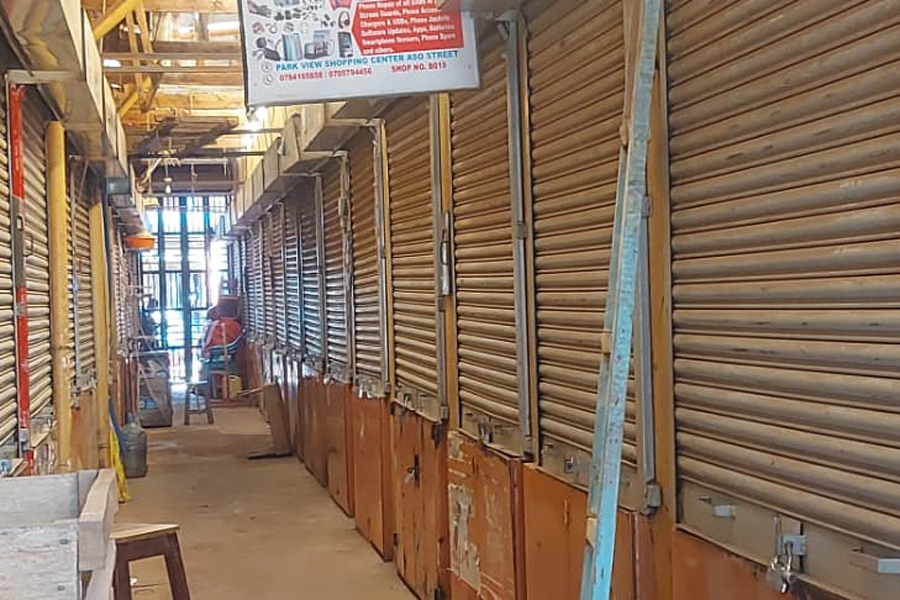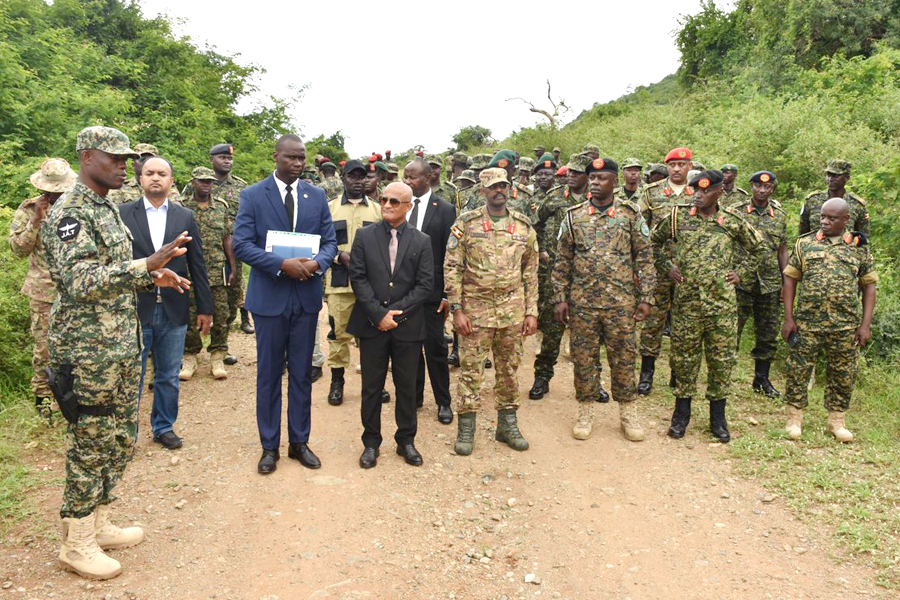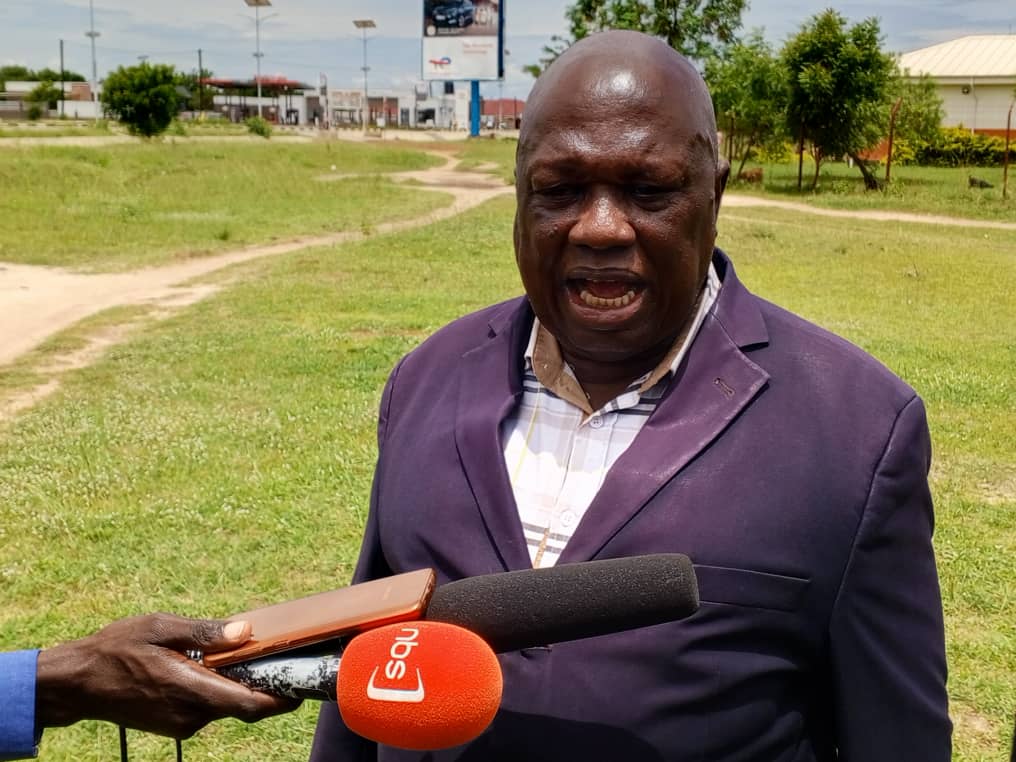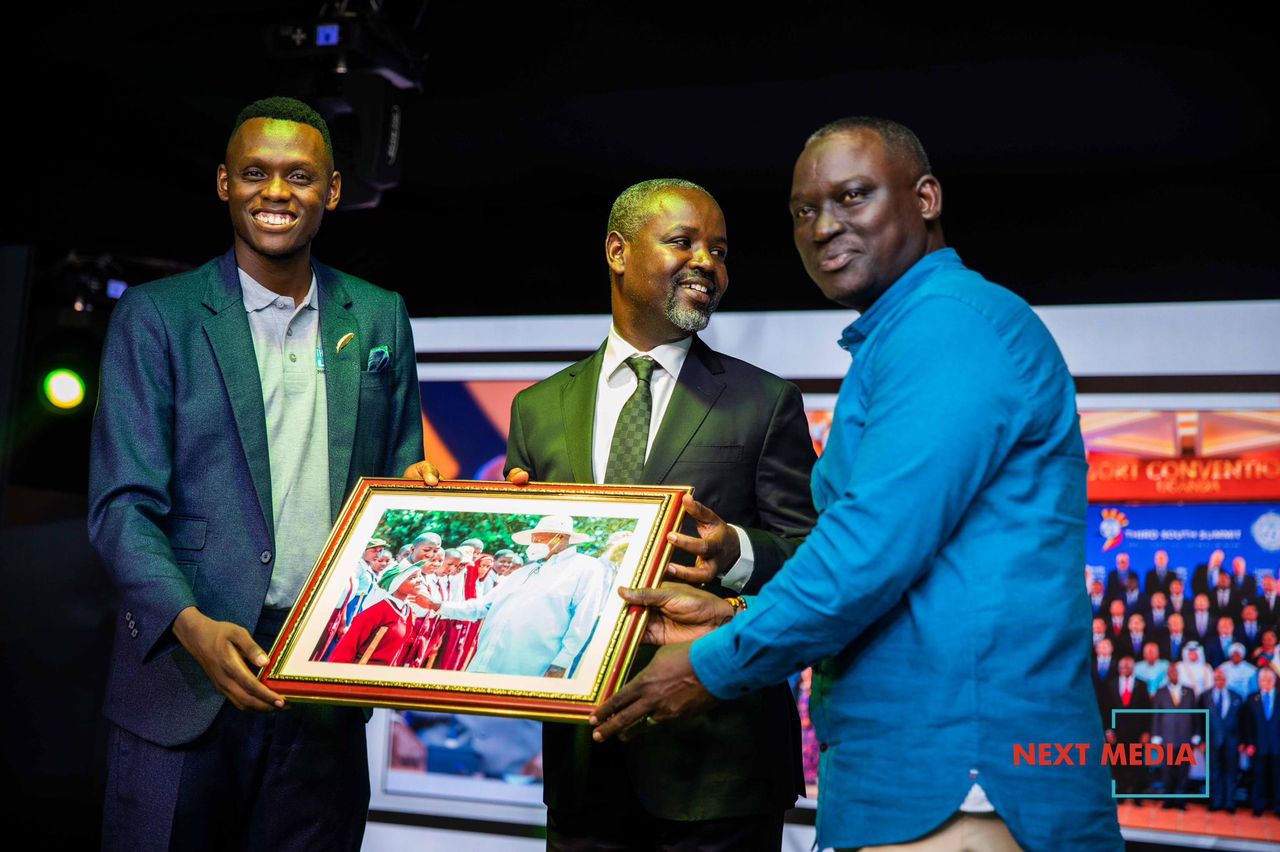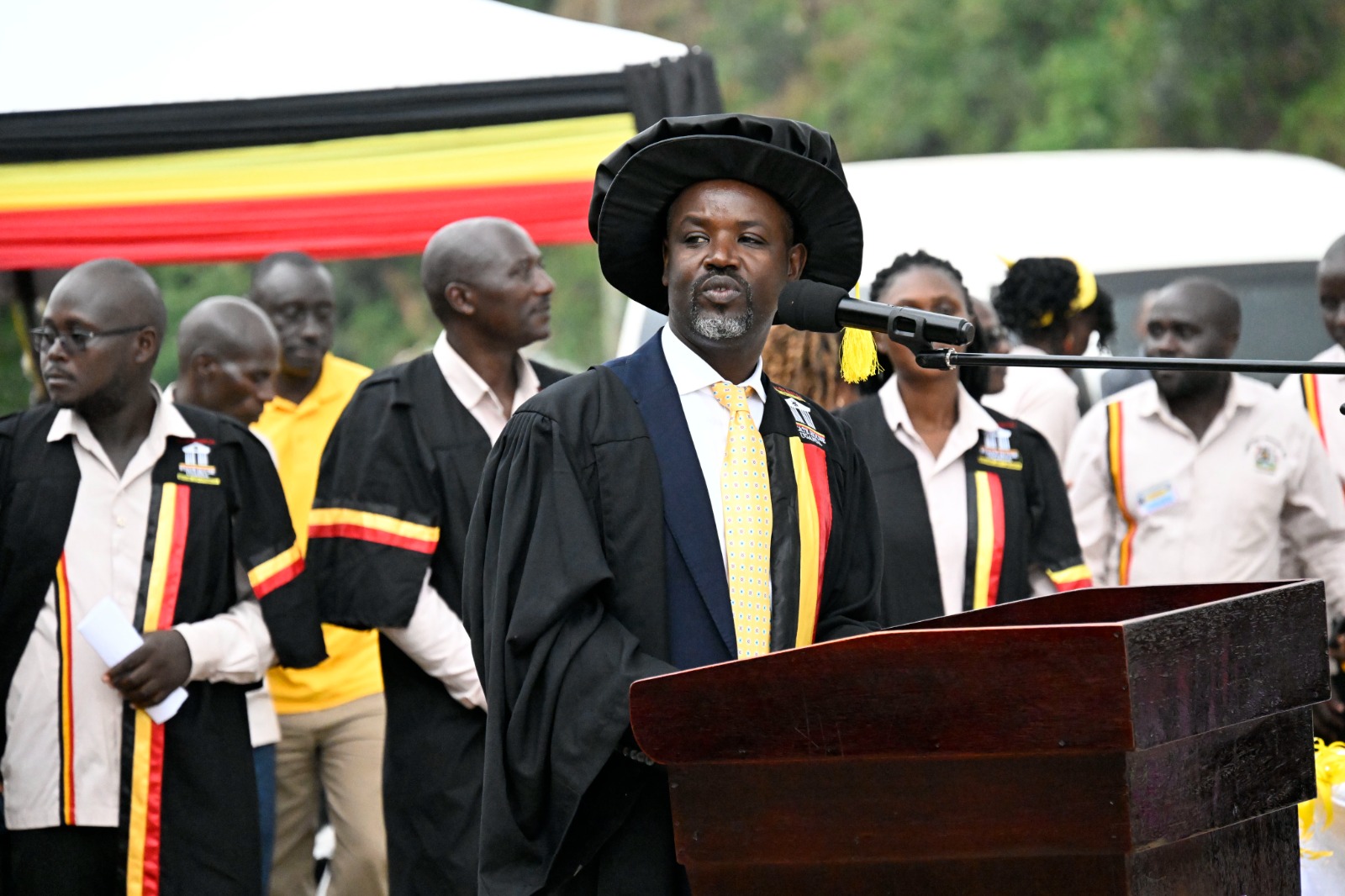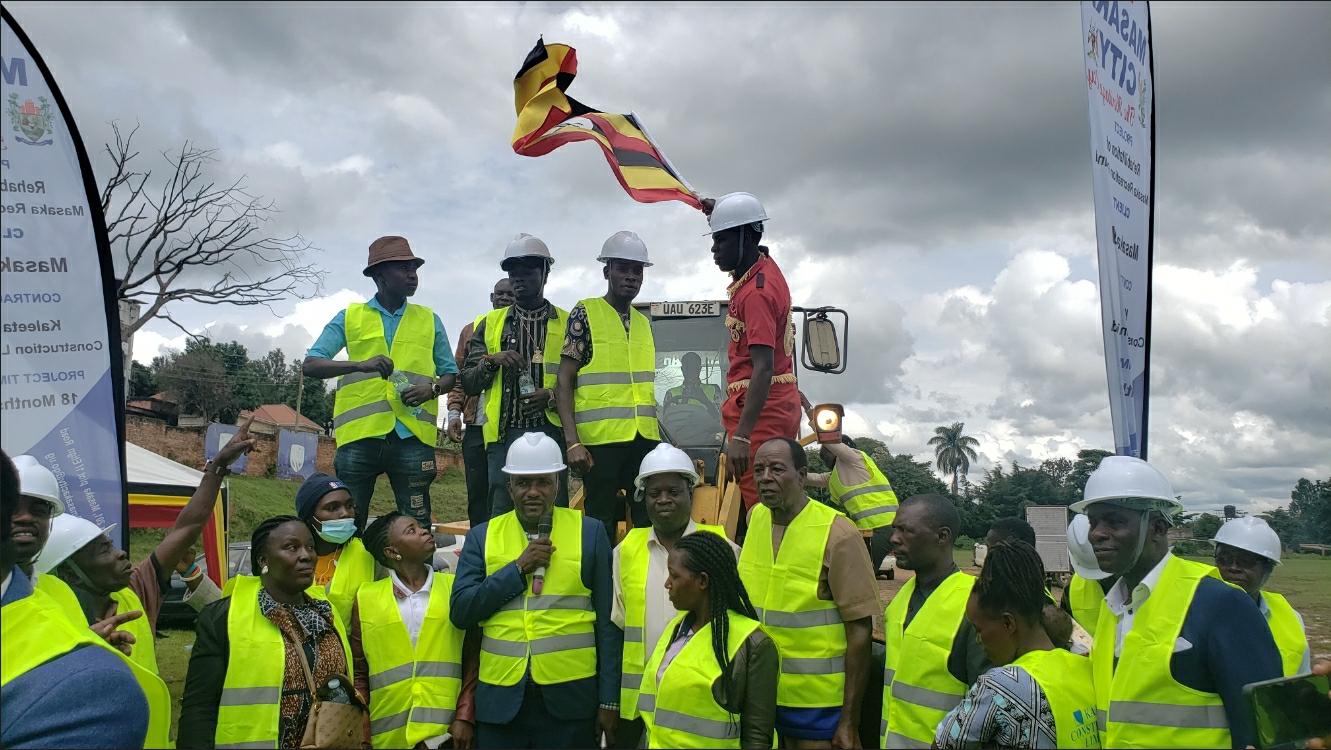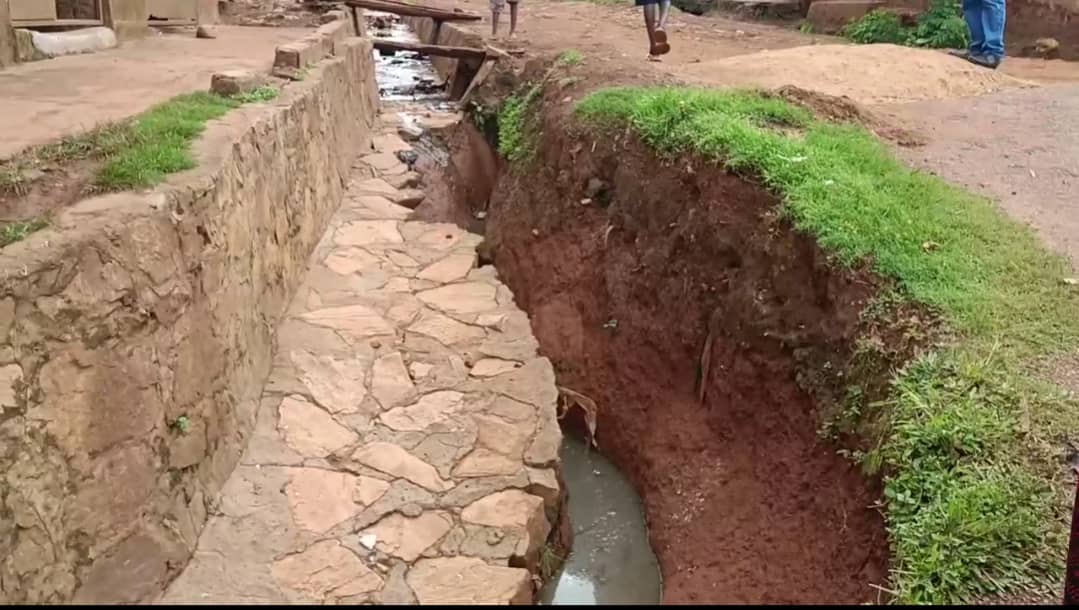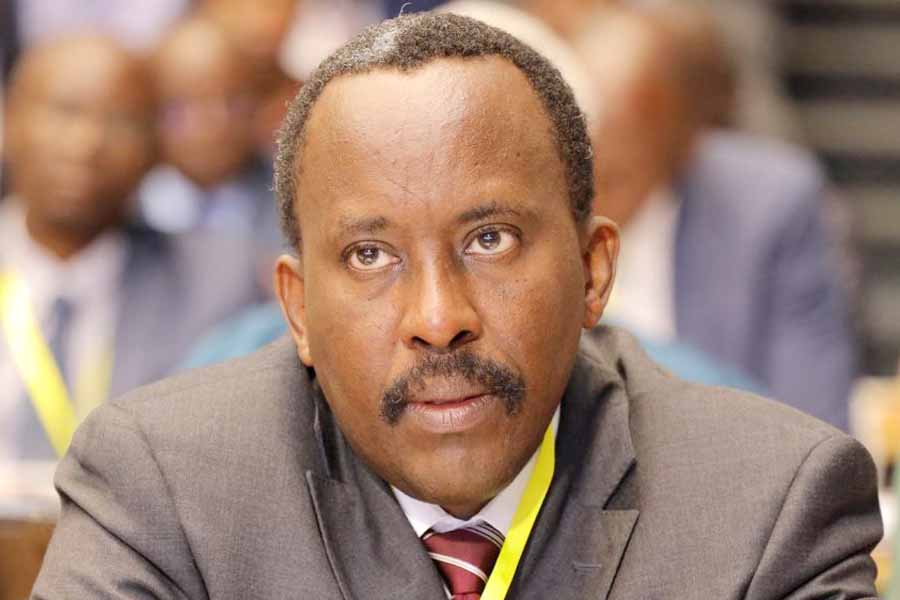Opinion: Will the Kampala-Jinja expressway ever get off the ground?
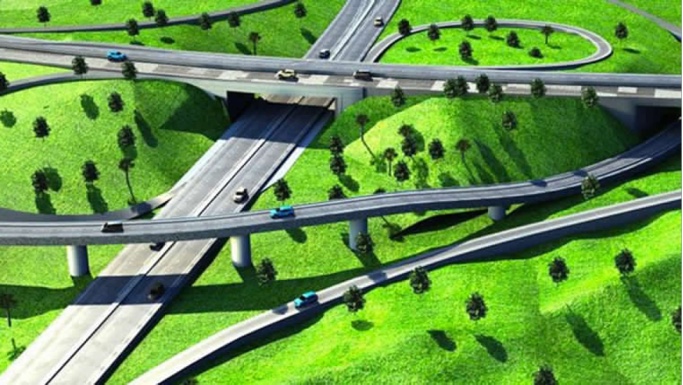
Design section of the proposed Kampala- Jinja Expressway
Uganda is a land locked country and has only one on-land route to the sea, the Kampala – Jinja – Malaba – Nairobi - Mombasa route.
This is the route through which most of Uganda’s exports and imports via the Mombasa Port are transported. The major transport mode for Uganda’s exports and imports via Mombasa is by carriage trucks which a ply a distance of 1,142km of 20hours.
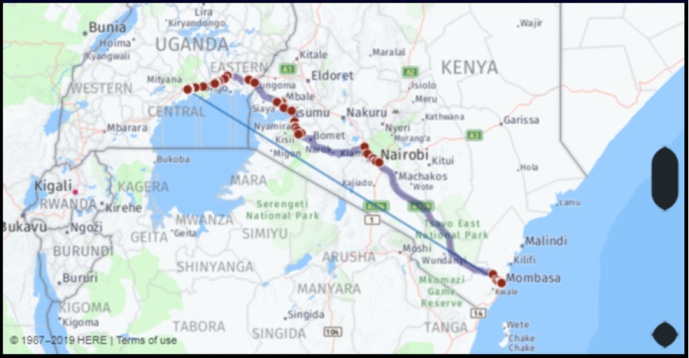
Due to increasing motor traffic on this route, rampant road damage due to truck axle overload and traffic jams have been increasingly witnessed particularly on the section from Kampala to Jinja. As a result, losses have been recorded by the traders and motorists in terms of delays and accidents on the road which in turn continues to adversely affect the country’s revenue collection and efficiency.
It was against this background that the Kampala-Jinja Expressway was conceived by the government of Uganda as a national strategic infrastructure that will cure the traffic jam nightmare between two of Uganda’s most important cities, the capital Kampala and Jinja about 80km away in eastern Uganda. When completed, it is expected to boost local industries in districts along its route like Wakiso, Mukono, Buikwe, Lugazi, and Jinja.
The project which is designed based on a Public – Private – Partnership (PPP) model was envisaged to be executed in two phases. Phase one which included the construction from Munyonyo – Butabika – Mukono was meant to be completed by 2023.
Phase two from Mukono through Dangala to Jinja was to be completed by 2030 as the diagram below shows.
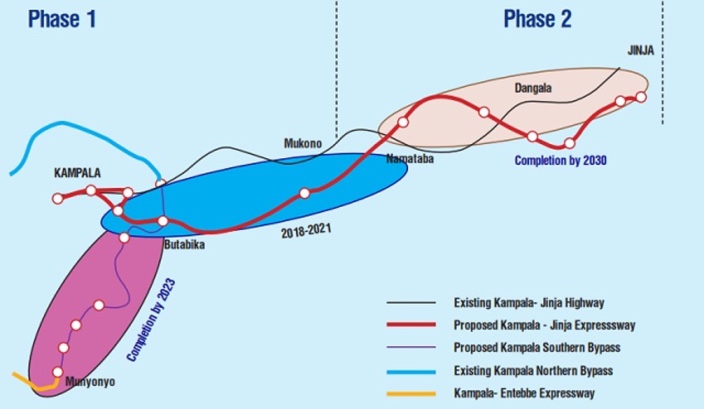 Phases of how the expressway should be constructed
Phases of how the expressway should be constructed
The total cost for the 95km project was estimated to be about US $1.4 billion (Shs5.2 trillion).
According to the Uganda National Roads Authority (UNRA), funding so far secured for this project is about US$335 million. This amount includes the AfDB loan of US$229.5 million and $106 million extended to Uganda as a grant by the EU for the project. Besides this amount, it was reported by UNRA that an additional $90 million loan from the French Development Agency had been secured.
Thus in total, the project financing has already secured about 24% of the total required funds. What had remained as of 16th March 2021 was for the Government of Uganda to raise close to $600 million from private funders under the Public-Private Partnership mode.
While signing the AfDB loan agreement, Hon. Matia Kasaija, the Minister of Finance, Planning and Economic Development, observed that “the expressway would improve travel flow, reducing travel time to less than one hour.”
When conceiving this project, it was envisaged that under the PPP arrangement, a private contractor will build, finance and operate the project for 30 years under a BFOT model to earn back their investment through a road tolling scheme after which UNRA will take back the road.
At the signing ceremony on 16th March 2021 of the AfDB $229.5 million for the project, Mr. Augustine Kpehe Ngafuan, the AfDB Country Manager for Uganda said the following “The Public-Private Partnership model will bring in private sector participation and financing of a key infrastructure in Uganda and will yield a significant economic return for the country with estimated net revenue of $2.1 billion over the 30-year concession period”.
“With the agreement of the project stipulating that at least 30% of sub-contracting works would be awarded to local companies under the Buy Uganda Build Uganda (BUBU) policy, the project is expected to create at least 1,500 direct jobs during the construction phase and 250 jobs during the operational phase”, Kpehe Ngafuan said.
However, it should be noted that there is growing concern as the construction of this vital national artery hasn’t begun yet almost 10 years since its inception! Ugandans are wondering when this national dream will become a reality!
It is reported that in December 2018 UNRA the executing agency, shortlisted four international consortia for the expressway which included:
- China Communications Construction Company Ltd. *
- China First Highway Engineering Company Ltd.
- KJ Connect (with Vinci Concessions as the lead member) *
- Strabag/ICITAS/EGIS/AIIM/STOA with Strabag as lead member
- CCKS Consortium of China State Construction Engineering Corporation Ltd. *
- China Wu Yi Co. Ltd
- Korea Expressway Corporation
- SK Engineering and Construction. *
It is also reported that a year later, in September 2019, the process of procuring a contractor was stopped midway and another company in the names of Chinese company, the China Railway 17th Bureau Group Company (CR17th) was invited and asked to be also considered.
According to UNRA, as of March 2021, the procurement process was at Request for Proposal (RFP) stage and bidders were already prequalified. Thus UNRA was only awaiting government’s approval before proceeding to invite both technical and financial proposals which would be followed by selection of the preferred bidder.
Since it was envisaged that the construction of this expressway would take five years to finish and now that the process of selecting a constructor seems to have stalled for ever, we have to wonder as to when the actual construction of this very vital national signature infrastructure will ever commence!
In the meantime, the motorists on the Kampala – Jinja – Malaba – Mombasa route should continue to embrace the nauseating traffic jams for a very long time to come.
By Edward Baliddawa - 9th August 2021


